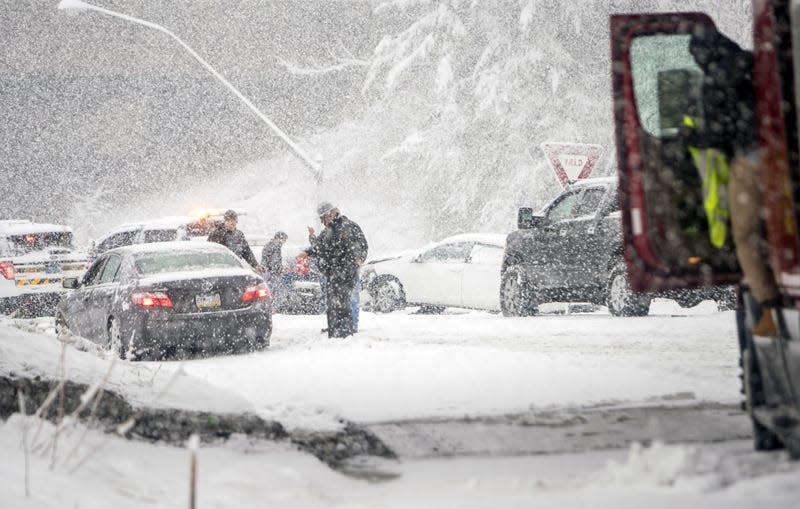$800 Million D.O.T. Grant Hopes to Improve America's Deadliest Roads

We cover this country’s road death epidemic pretty frequently here at Jalopnik. Unfortunately, the “I refuse to live in a country that won’t let me do things that put other people’s lives at risk” crowd continues to do a great job of blocking any meaningful changes on that front. But thanks to the recent infrastructure bill and a Department of Transportation that appears to want to do a better job on road safety than previous administrations, we might actually start to see some measurable improvements.
The Washington Post reports that today, the DOT announced its plan to issue grants to more than 500 communities with a focus on the parts of the country with the most deadly roads. The grants will total about $800 million and were announced alongside new maps that show risk largely depends on where you live in this country.
Read more
It’s not a simple rural versus urban issue, either. As the Post put it, “Depending on which city, county or state Americans live in, their risks of being killed in, or by, an automobile vary dramatically.” For example, the maps reportedly show that in 2020, Massachusetts had the lowest road fatality rate with 4.7 deaths per 100,000 people. Mississippi, on the other hand, had the highest at 23.2.
Certain areas with disproportionately high road deaths may not appreciate being called out by the DOT, but pretending the problem doesn’t exist isn’t going to make it go away. Targeting grants at the areas that need them, however, can help. “We have to face it in order to fix it,” said Secretary of Transportation Pete Buttigieg. “We really need to meet communities where they are.”
There’s the fact that infrastructure is expensive, and low-population areas often can’t afford to make their roads safer without outside help. For example, take Fayette County, Iowa, with a population of about 19,000. The county tourism site makes it look absolutely gorgeous, but according to County Engineer Joel D. Fantz, Fayette deals with runoff from heavy rain, which causes large ruts to form where the county’s roads meet the shoulder and can cause crashes.
A $10 million grant will allow Fayette County to add wider shoulders and rumble strips to about 50 miles of road. Iowa had previously given the county money for this project, but the federal government’s assistance will allow it to significantly increase the number of miles of roads it can improve.
“The very thing that [makes] it a beautiful place to live also makes some of the road maintenance issues challenging,” said Fantz. He later added, “We can’t solve all the problems, but we can try to do what we can.… We’re going to make a big difference here in our county.”
Thirty-seven safety-focused construction grants were also announced totaling $590 million. Those will go to various projects such as building “raised crosswalks in South Los Angeles, protected bike lanes in Atlanta, midblock crosswalks in Tampa and a pedestrian refuge island in Charlotte.”
In addition to talking about how different regions of our country can get safer, Buttigieg also highlighted places that have done a great job, including Jersey City, which had zero reported road death last year, as well as Evanston, Illinois and Edina, Minnesota.
“A lot of people snicker at the idea that you could have a nationwide rate of zero when it comes to traffic fatalities, even though we often have zero when it comes to passenger airline fatalities,” said Buttigieg. “The more we can add to that roster, the less this feels like a pie-in-the-sky goal.”
More from Jalopnik
Sign up for Jalopnik's Newsletter. For the latest news, Facebook, Twitter and Instagram.

